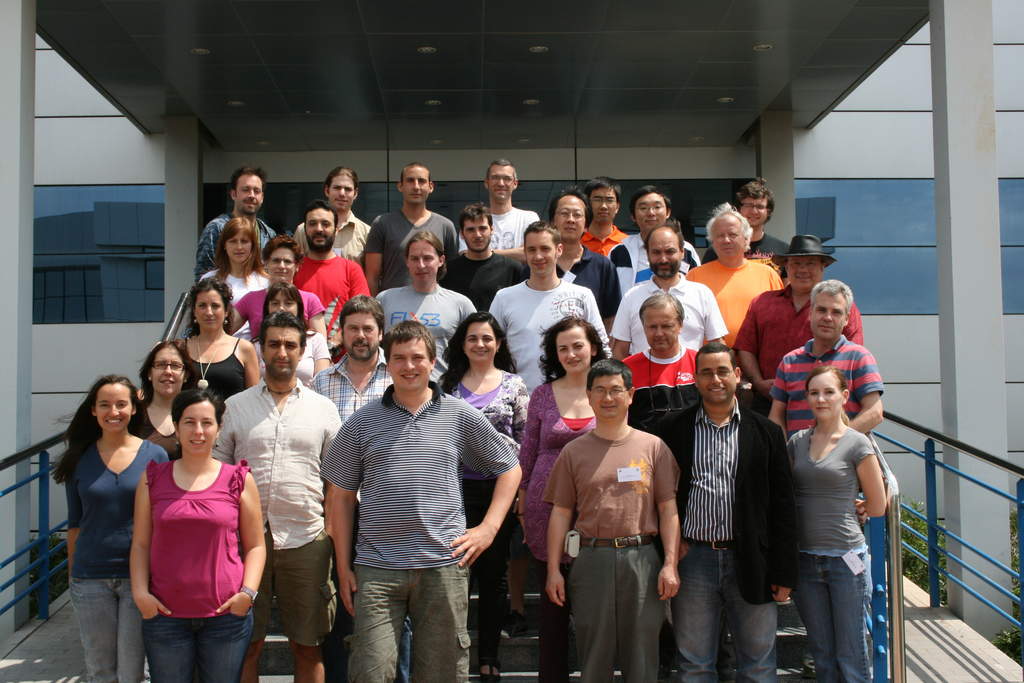Participants

Description
Nitrous acid (HONO) is an important source of the OH radical, the primary oxidant in the atmosphere that participates in the formation of ozone, which can lead to the so-called "photochemical smog" in polluted regions. Even though HONO was considered to be of importance only at sunrise (Harrison et al., 1996), recent studies have indicated a significant contribution also throughout the day. Its presence has been confirmed in polluted ambient as well as in relatively clean continental air masses, being formed in heterogeneous processes and coming from primary emissions, e.g. from diesel motor vehicles, etc.
Nevertheless, the chemistry of HONO in the atmosphere is not well understood. For example the possible sources of HONO are not well known at the moment. It is also unclear how important HONO is as an OH source. Therefore, a better understanding of the formation of HONO and its role as a source of OH-radicals is highly desirable for the improvement of air pollution models, many of which do not currently include HONO production mechanisms.
One reason for the uncertainties over the atmospheric role of HONO is the difficulty in measuring this species: The flux required to sustain observed levels of daytime HONO is generally higher than we can model. A number of techniques have been used, but with variying limitations in terms of detection limit, sampling appoach and potential interference effects which make it easy to dismiss high observed levels as bad measurements when they don´t fit the models, even if the measurements may be good. There is a need to evaluate the various techniques under appropiate controlled conditions (notably semi- to heavily urban conditions) to further progress our understanding.
Given the importance of HONO, the reliability of the data obtained is mandatory to understand the chemical processes carried out. Therefore, the knowledge of the devices involved in the measurements including their behaviour under given conditions (physical and/or chemical) as well as of their interferences is essential to interpret the results and to arise coherent conclusions. On the other hand, as stated above, a better understanding of the HONO chemistry is highly desirable since it might have a severe impact on models, on our understanding of photochemical smog formation and the oxidation capacity of the atmosphere, and on possible future political decisions regarding emission control strategies.
In order to elucidate both aspects, chemical and instrumental issues related to HONO, a campaign is proposed where a number of techniques will be intercompared. The scenario will be a set of experiments accounting for typical urban and semi-rural conditions.
Supported by


